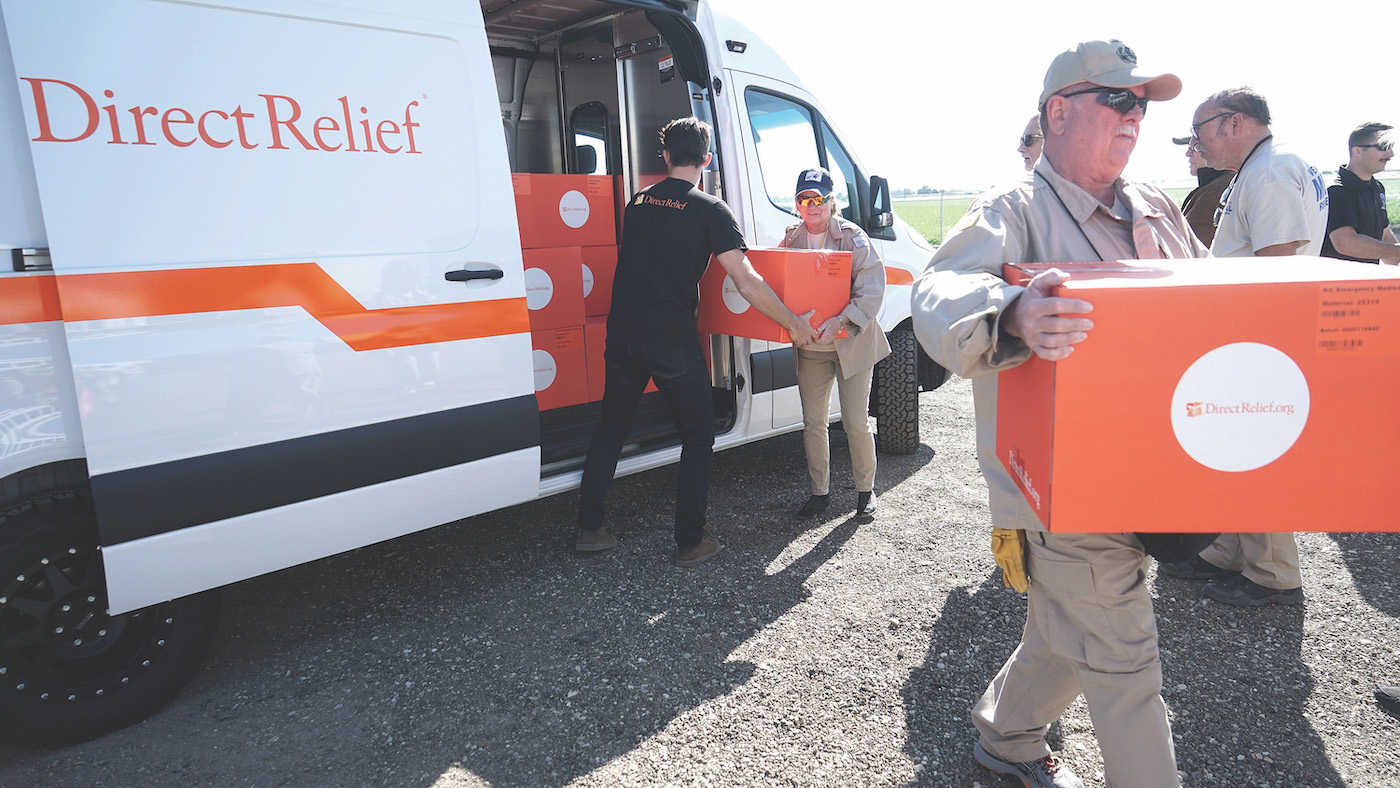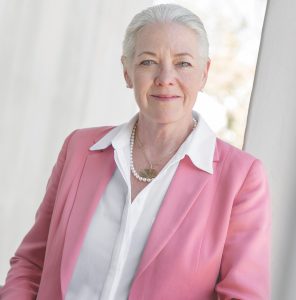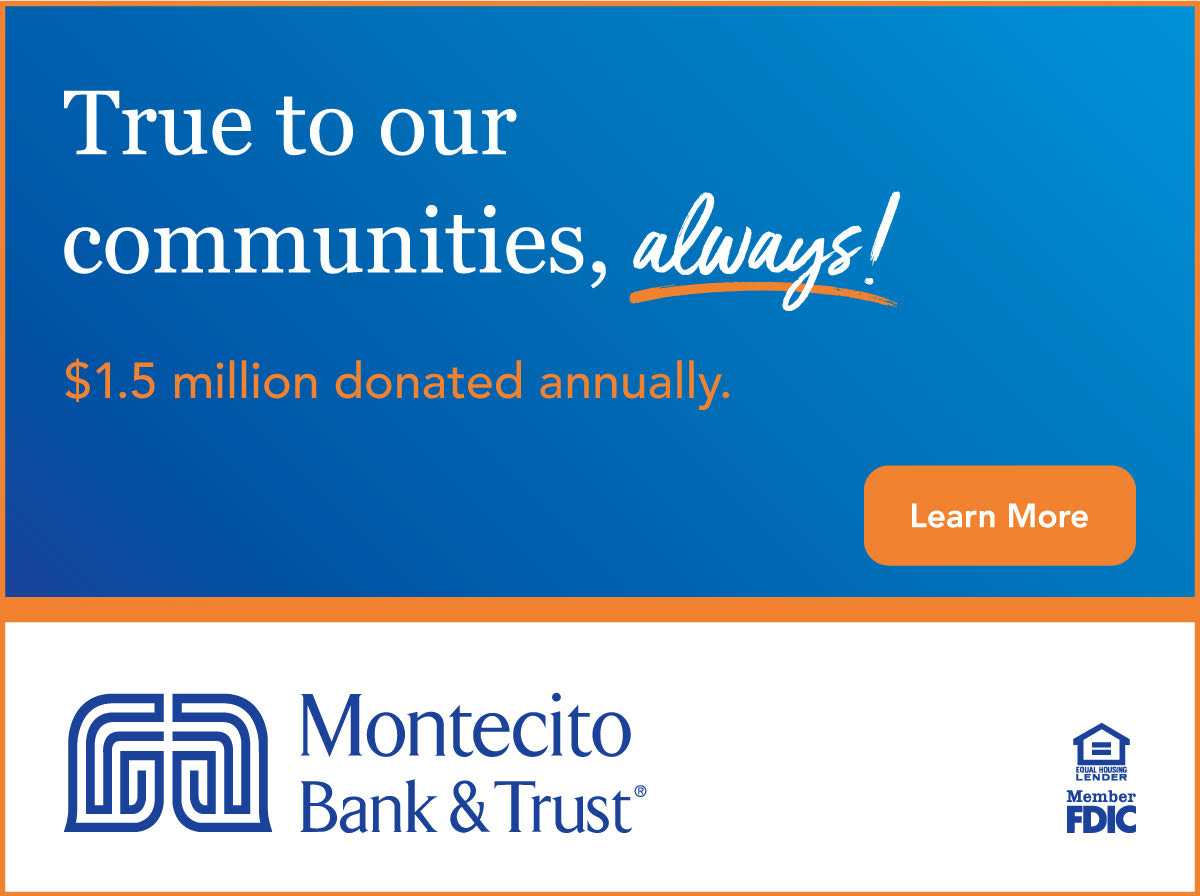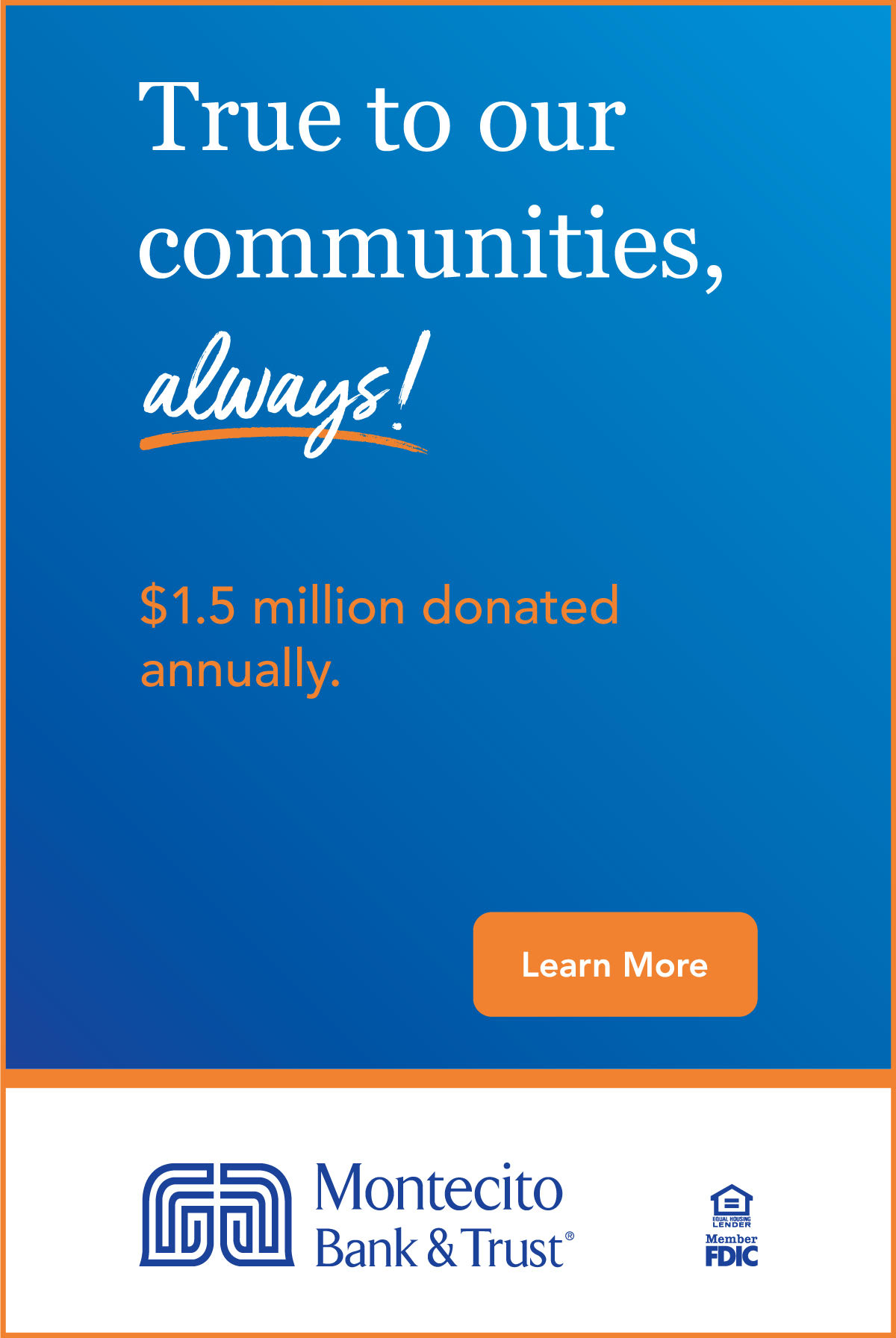Confronting Crises When They Hit Home

Hurricane Katrina was a major turning point in the history of Direct Relief. Until then, the Santa Barbara-based nonprofit that provides emergency medical assistance and disaster relief had primarily been responding to international crises. That changed with the 2005 hurricane that killed more than 1,800 people and wreaked $125 billion in damage to New Orleans and the surrounding region. Since then, natural disasters have struck the United States with increasing frequency. So much so that in 2010, Direct Relief removed “international” from its name.

“It no longer made sense to be called Direct Relief International because the country that we were supporting the most was the United States,” says Vice President of Communications Tony Morain. “And that’s still true, even more so today.”
Sixteen years since Katrina, Direct Relief is now one of America’s most recognized charities for efficiency and effectiveness, having provided more than $8 billion of medical aid around the world. Charity Navigator routinely gives the organization a 4-star rating and a top ranking on its list of “Best Charities Everyone’s Heard Of.”
Direct Relief’s commitment to responding to far-flung crises remains core to its mission (it deployed staff and supplies within minutes of the August 2021 earthquake in Haiti). But the natural disasters the organization confronts today aren’t just across the country, they’re even across the street, with more frequent and ferocious wildfires ravaging California and storms becoming more intense and more destructive.
Over time, Direct Relief has become an organization that anticipates emergencies as much as it responds to them. Throughout the U.S. and the Caribbean, it has outfitted several medical clinics with backup batteries and refrigeration to ensure they have power and useable medical supplies when crises hit.
“We recognize that climate change is testing a lot of the infrastructure that we’ve relied on to do what we do,” Morain says.
Direct Relief has also evolved into a grantmaking organization, whether it’s solar panels or emergency equipment that could save lives. In the last two years, it helped the Santa Barbara County Fire Department raise $1.5 million to upgrade and convert a Blackhawk helicopter into a firefighting aircraft. Once commissioned, the new “Firehawk” will be able to fly at night and at high winds and drop water on any wildfire.
“We’re keenly listening to our partners and organizations to understand what the needs are to improve the health and lives of people,” says Vice President of Partnerships and Philanthropy Heather Bennett.
Direct Relief
Donate now!
directrelief.org
(805) 879-4932Vice President, Partnerships and Philanthropy: Dean Axelrod
Mission
Direct Relief is a humanitarian aid organization, active in all 50 states and more than 80 countries, with a mission to improve the health and lives of people affected by poverty or emergencies – without regard to politics, religion, or ability to pay.
Begin to Build a Relationship
We know you care about where your money goes and how it is used. Connect with this organization’s leadership in order to begin to build this important relationship. Your email will be sent directly to this organization’s director of development and/or Executive Director.
Direct Relief’s generous support of victims of disasters and emergencies, let alone their support of first responders, is unmatched by any other organization. With the establishment of their Search and Rescue fund, we are now able to maintain and enhance our capabilities as a nonprofit, all-volunteer professional first responder team, ensuring the safety and well-being of the communities we live in, and serve for years to come.
Providing Disaster and Humanitarian Relief Around the Globe
Direct Relief’s capacity and capabilities – including providing more than $5.5 million in local support, $77 million in California since 2020 – dwarfs most other such humanitarian aid organizations. But there are limits largely defined by its financial capacity.
“Direct Relief is quite large relative to other organizations, but relative to the need that we’re trying to fulfill, what we’re doing is a drop in the bucket,” Tony Morain, Direct Relief’s VP of Communication, says. “We always wish that we could be doing more.”
Adds Dean Axelrod, VP of Partnerships in Philanthropy: “The dream is to never have to say no.”
Key Supporters
Emma Carrasco
Adam Cooper
Mary M. Dwyer
Pamela Gann and David Hardee
Stayce D. Harris
Mark and Kim Linehan
Siri and Bob Marshall
Jay McGonigle
Harry and Jacquie McMahon
Annalisa Pizzarello
and Robert Conway
Marla Salmon
Mark and Lynda Schwartz
Byron and Debbie Scott
Jim and Patricia Selbert
Laurie Siegel
Thomas and Heather Sturgess
Elizabeth A. Toro and Mark Hauser


